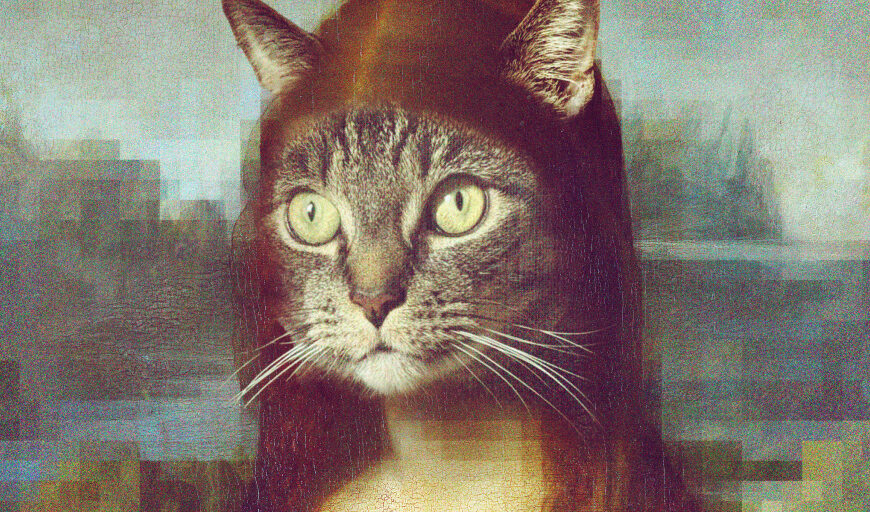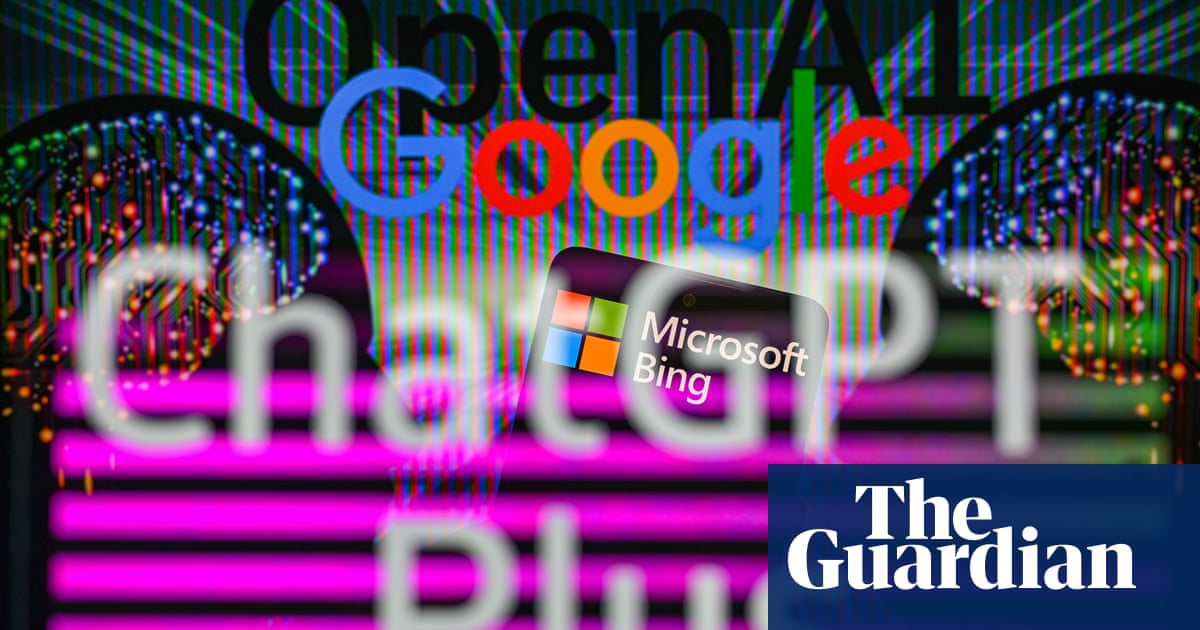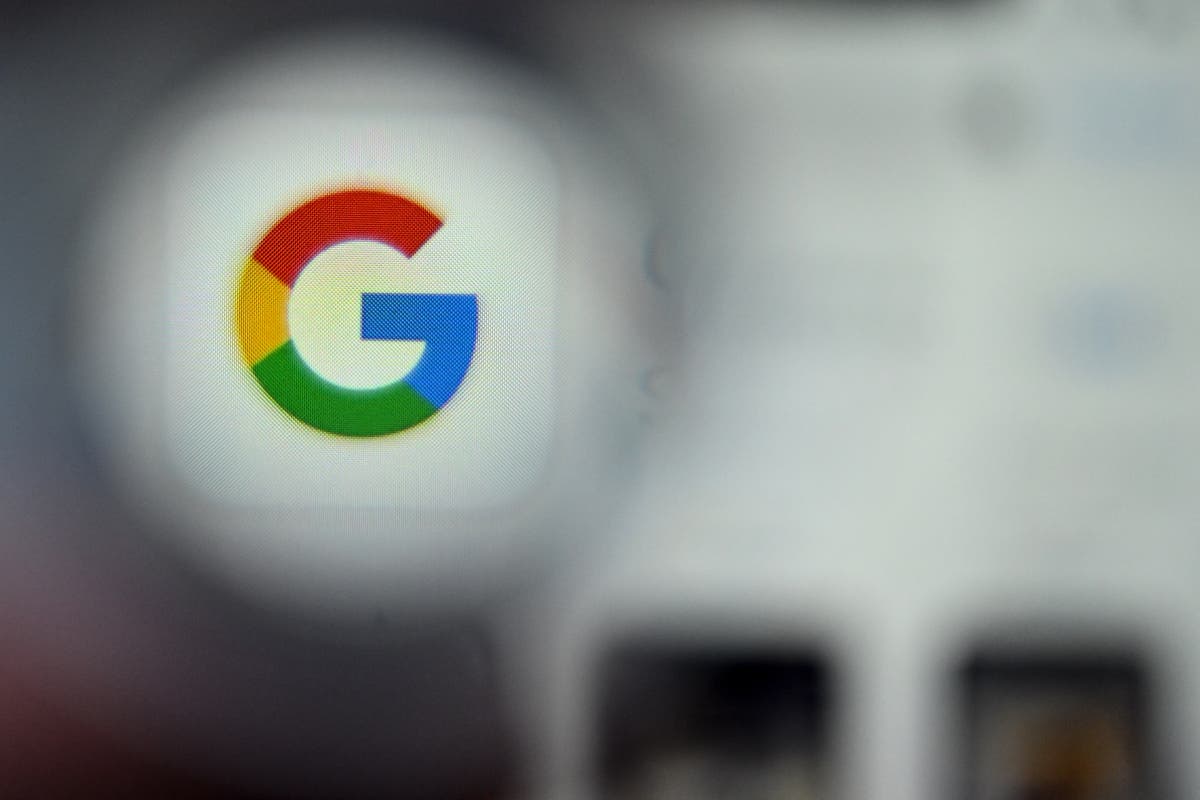Artists and computer scientists are experimenting with a novel approach to prevent artificial intelligence from plagiarizing copyrighted images: by “poisoning” the AI models with images of cats.
A tool named Nightshade, unveiled in January by researchers at the University of Chicago, subtly alters images in a manner that is imperceptible to the human eye but significantly confuses AI systems that analyze them. Artists like Karla Ortiz have started incorporating “nightshading” techniques into their artwork to safeguard them from being copied by text-to-photo programs such as DeviantArt’s DreamUp and Stability AI’s Stable Diffusion.
Ortiz, a concept artist and illustrator known for her work on projects like “Star Wars,” “Black Panther,” and Final Fantasy XVI, expressed concern about the unauthorized replication of artists’ creations without acknowledgment or compensation.
Nightshade leverages the unique way in which AI models perceive images, as explained by research lead Shawn Shan. These models interpret images as arrays of pixel values rather than visual content. By making subtle alterations to thousands of pixels, Nightshade can deceive the model into perceiving a completely different image.
In an upcoming paper, the research team details how Nightshade strategically selects alterations to confuse AI programs. For instance, when fed “poisoned” dog photos and prompted to generate a dog image, the model produces a non-canine output.
While Nightshade primarily aims to protect artists’ work rather than disrupt AI image generation on a large scale, it serves as a deterrent to unauthorized usage. By offering a means for creators to safeguard their content, Nightshade addresses concerns about the exploitation of artistic creations by AI technologies.
The tool is freely accessible, reflecting the researchers’ commitment to supporting creators in safeguarding their intellectual property. Despite existing mechanisms like opt-outs in models such as Stable Diffusion, the proliferation of AI tools poses challenges for copyright protection.
The ethical implications surrounding AI, including issues like deepfakes and the limitations of watermarking, underscore the need for enhanced safeguards. While initiatives like Nightshade signal a proactive stance against AI misuse, experts caution that AI developers may develop countermeasures to mitigate such interventions.
The University of Chicago team acknowledges the potential for AI platforms to evolve defenses against image-poisoning techniques like Nightshade. Zhao emphasizes the need for systemic solutions rather than placing the burden on individuals to protect their creative works.
Ortiz views Nightshade as a valuable tool in defending her artwork while pursuing legal avenues for stronger protection. The ongoing lawsuit filed by Ortiz and others against companies like Stability AI underscores the complexities of copyright enforcement in the digital age.
As the debate on intellectual property rights in the AI era continues, initiatives like Nightshade highlight the evolving landscape of digital content protection and the ongoing efforts to balance innovation with ethical considerations.










